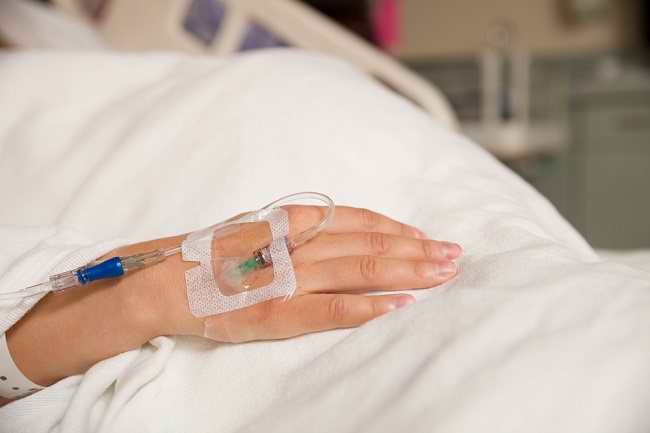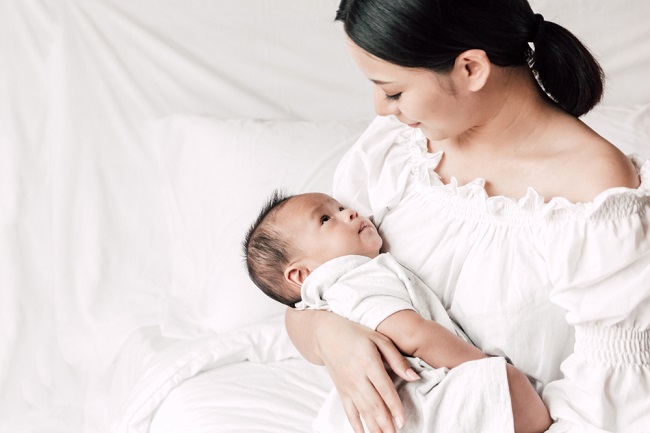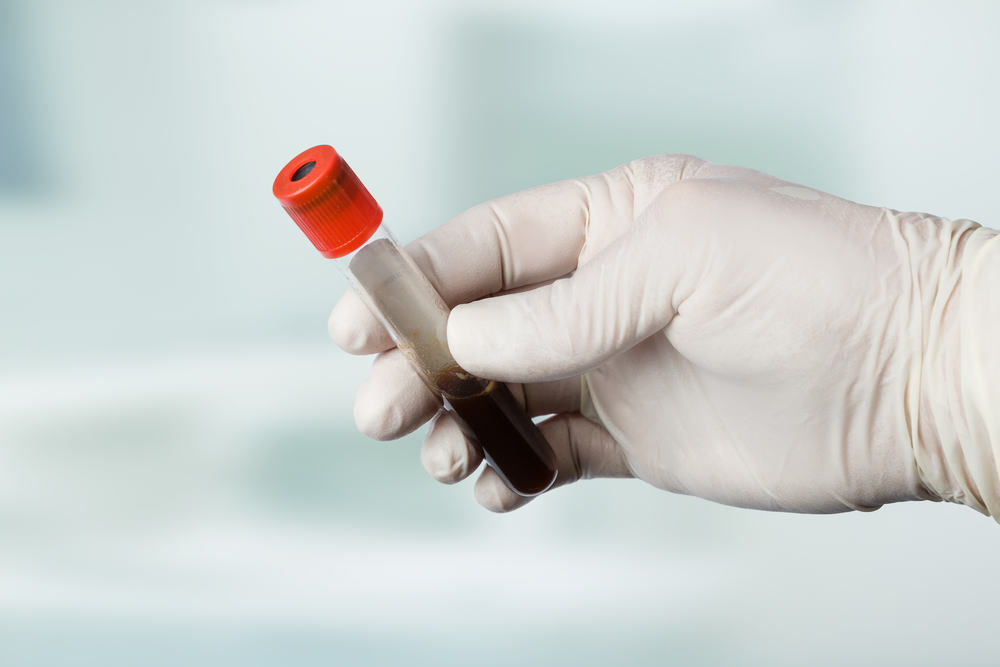Bone cancer in children that often occurs is osteosarcoma and Ewing's sarcoma. Children with bone cancer can show a variety of symptoms. This depends on the location and size of the cancer. To find out more about bone cancer in children, see the following review.
Bones have a role to form the structure and support the body, protect important organs, such as the lungs, heart, and brain, help the body to move, make blood cells, and as a storage place for minerals, such as calcium. Because of its important function, bone health needs to be maintained properly.

There are various disorders that can occur in the bones. One of them is bone cancer, which can occur in both adults and children. This condition will make the bones deformed, brittle and break easily.
Types of Bone Cancer in Children
Bone cancer is a malignant tumor of the bone. Bone cancer in children is actually rare. Only about 3% of cancer cases in children occur due to bone cancer. This cancer can develop in the bones of any part of the body. However, most bone cancers in children occur in the legs and arms.
Bone cancer in children is a dangerous disease because it can permanently damage healthy bone tissue. In addition, cancer can also spread from one part of the bone to other parts of the bone or other organs.
There are two types of bone cancer that most often occur in children, namely:
Osteosarcoma
Osteosarcoma is the most common type of bone cancer in children, especially adolescents. Osteosarcoma generally affects large and long bones that grow fast, such as the bones of the arms, knees, and legs.
If not treated immediately, this type of bone cancer can spread to other bones or to certain organs, such as the lungs.
Some of the symptoms that can appear on osteosarcoma is:
- Swelling and redness in the bone affected by the tumor.
- Bone or joint pain, especially after activity or at night.
- Easily injured or broken bones.
- Hard lumps on the skin.
- Movement is limited if the tumor is in the joint.
- Difficulty walking or limping if the lump is in the leg or leg area.
Ewing's sarcoma
This type of bone cancer in children is less common. Ewing's sarcoma more often affects children who are about to enter adolescence. Ewing's sarcoma type of bone cancer is more common in boys than girls.
This cancer often occurs in the pelvis, chest and ribs, and legs or feet. Sometimes Ewing's sarcoma can also affect the bones of the arms, hands, skull, and spine.
In addition to the bone, this type of cancer can also develop in the soft tissue around the bone. Some of the symptoms of Ewing's sarcoma are:
- Pain and swelling in the cancerous bone. These symptoms can last for weeks or months.
- Bone pain that gets worse at night or with physical activity.
- The appearance of a lump on the skin that is painful and warm to the touch.
- Often feel tired.
- Frequent fever.
- It's easy to break bones for no apparent reason.
- Losing weight.
- Difficulty walking.
Causes of bone cancer osteosarcoma and Ewing's sarcoma is not known with certainty. So far, Ewing's sarcoma is not known to be associated with exposure to radiation, chemicals, or other environmental factors. While bone cancer osteosarcoma said to be more at risk in children who have had radiation therapy or exposure to strong radiation.
To treat bone cancer in children, surgery, chemotherapy, and radiotherapy are often needed.
Whatever the type, bone cancer in children is a condition that needs to be checked by a doctor immediately. The sooner it is treated, the more likely it is to recover. This cancer becomes difficult to treat if it has spread to other organs.









